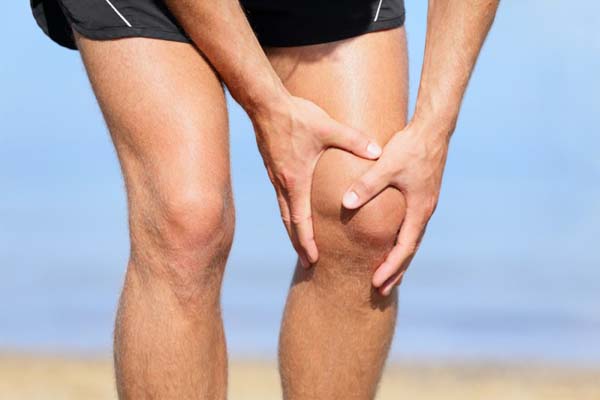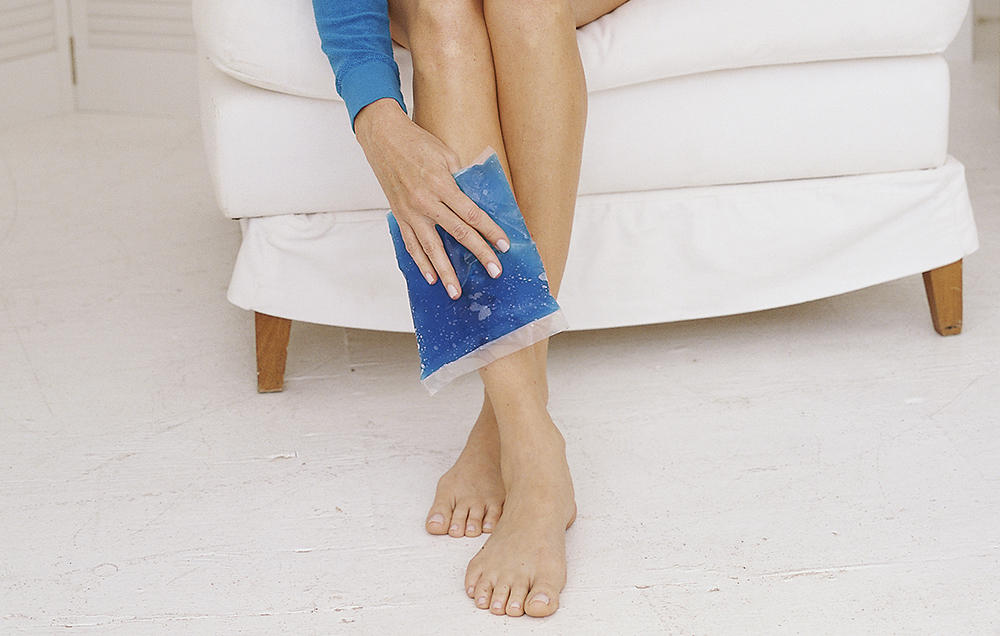Anyone can pick up running but it can also lead to overuse injuries according to Dr Kannan Kaliyaperumal , an orthopaedic surgeon at Mount Elizabeth Novena Hospital. Here are the top three running injuries that the doctor has come across in his work and his tips on how to prevent them.
Runner’s Knee

Runner’s Knee is a sharp and severe pain at the front of the knee cap.
Runner’s Knee is a sharp and severe pain at the front of the knee.
As we run, our muscles contract and our kneecap glides over the thighbone. If the thighs are weak, the kneecap is unable to glide smoothly and this causes knee pain in the patella (kneecap) knocks on the thighbone. This in turn, may cause runners’ knee.
Alternatively runner’s knee can also be caused when a structure within the knee is injured, such as the meniscus (a cushion that protects the cartilage within the knee during impact).
Runner’s knee is generally treated with physiotherapy to strengthen the muscles and in serious cases, surgery, as a last resort, according to Dr Kannan.
Shin Splints

Shin Splints is a sharp shin pain.
According to Dr Kannan, Shin Splints refer to a sharp pain in the shin that tends to get worse in the mornings. It is an inflammation of the muscles, tendons and bone tissue around the inner edge of the leg bone (tibia). When the muscles and bones in the shin become overworked such as through prolonged or vigorous exercise, shin splints can occur.
Shin Splints are treated with about two weeks of complete rest or switching from high impact to lower impact sports such as swimming.
Sometimes a shin splint can be a stress fracture too – this is a small crack in the tibia caused by overuse and can develop into a broken bone if you continue to exercise on a stress fracture.
To prevent shin splints, wear the right shoes, build your fitness level up slowly with a structured programme or by following the 10 per cent rule at all times and avoid bursts of exercise routine that may aggravate the shins – according to Dr Kannan.
Achilles Tendonitis

Achilles Tendonitis is a heel pain.
This is typically heel pain the stretches from the foot to the Achilles tendon attached to the heel bones.
There are two types of Achilles tendon inflammation; the first is pain that occurs in the area where the Achilles tendon attaches to the heel and this is known as insertional Achilles tendonitis. This usually affects older, middle aged people.
The second is where fibres in the middle of the tendon degenerates and this commonly affects younger, active people. It is known as non-insertional Achilles tendonitis.
According to Dr Kannan, symptoms may take a few months to subside but usually involves a structured physiotherapy programme spanning over a few months to condition and strength the Achilles tendon. Physiotherapy also often provides pain relief from this injury. Surgery may be an option but usually as a last resort only.
This article has been brought to you by Mount Elizabeth Novena Hospital.
Click here to see the original article on HealthPlus.

Leave a Comment